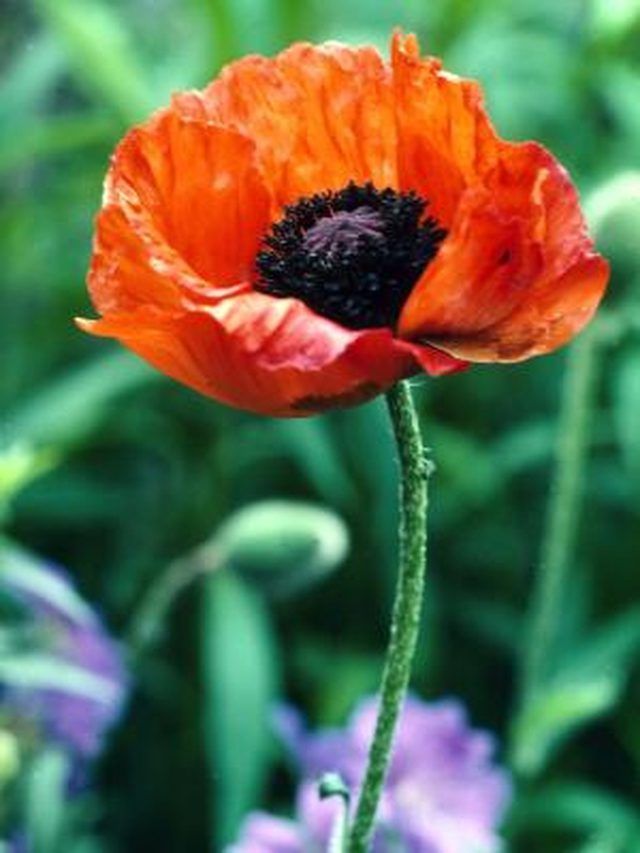Bulbs
Flower Basics
Flower Beds & Specialty Gardens
Flower Garden
Garden Furniture
Garden Gnomes
Garden Seeds
Garden Sheds
Garden Statues
Garden Tools & Supplies
Gardening Basics
Green & Organic
Groundcovers & Vines
Growing Annuals
Growing Basil
Growing Beans
Growing Berries
Growing Blueberries
Growing Cactus
Growing Corn
Growing Cotton
Growing Edibles
Growing Flowers
Growing Garlic
Growing Grapes
Growing Grass
Growing Herbs
Growing Jasmine
Growing Mint
Growing Mushrooms
Orchids
Growing Peanuts
Growing Perennials
Growing Plants
Growing Rosemary
Growing Roses
Growing Strawberries
Growing Sunflowers
Growing Thyme
Growing Tomatoes
Growing Tulips
Growing Vegetables
Herb Basics
Herb Garden
Indoor Growing
Landscaping Basics
Landscaping Patios
Landscaping Plants
Landscaping Shrubs
Landscaping Trees
Landscaping Walks & Pathways
Lawn Basics
Lawn Maintenance
Lawn Mowers
Lawn Ornaments
Lawn Planting
Lawn Tools
Outdoor Growing
Overall Landscape Planning
Pests, Weeds & Problems
Plant Basics
Rock Garden
Rose Garden
Shrubs
Soil
Specialty Gardens
Trees
Vegetable Garden
Yard Maintenance
How to Grow Your Own Poppies
How to Grow Your Own Poppies. Poppies are available in both annual and perennial varieties and an almost endless array of colors. The petals are very thin and have a texture similar to that of crepe paper. The plants range in size from 5 inches to 4 feet tall. Poppies do best in full sun and well-drained soil. Both annual and perennial types should...

Poppies are available in both annual and perennial varieties and an almost endless array of colors. The petals are very thin and have a texture similar to that of crepe paper. The plants range in size from 5 inches to 4 feet tall. Poppies do best in full sun and well-drained soil. Both annual and perennial types should be started from seed, as the seedlings struggle if transplanted. Plant poppy seeds in the early spring if you live in an area with cold winters. In Zone 7 and above, the seeds can be planted in the fall.
Things You'll Need
Garden fork
Pruning shears
Pull up all grass and weeds from the planting site and remove all rocks and debris.
Cultivate the soil, using a garden fork, to a depth of 8 to 12 inches.
Broadcast the seeds on the surface of the soil. Cover them with fine soil to a depth of 1/8 inch and water just enough to moisten the soil. Be careful not to cover the seeds more deeply than recommended, because they will not germinate without sufficient heat and sunlight.
Continue to moisten the soil anytime the top 1/2 inch of soil feels dry after seedlings emerge. Thin the young plants when they are 1 inch tall, leaving a space of 6 to 10 inches between each one. Once the plants are well-established, water only when more than a week has passed without rainfall.
Clip off any faded flowers, using pruning shears, to prolong the blooming cycle and to prevent reseeding -- which will keep poppy seedlings from invading all areas of your yard or garden.
Tips & Warnings
Plant your poppies in a location that receives afternoon shade if you live in Zone 7 or above.
Poppies can also be grown in containers.